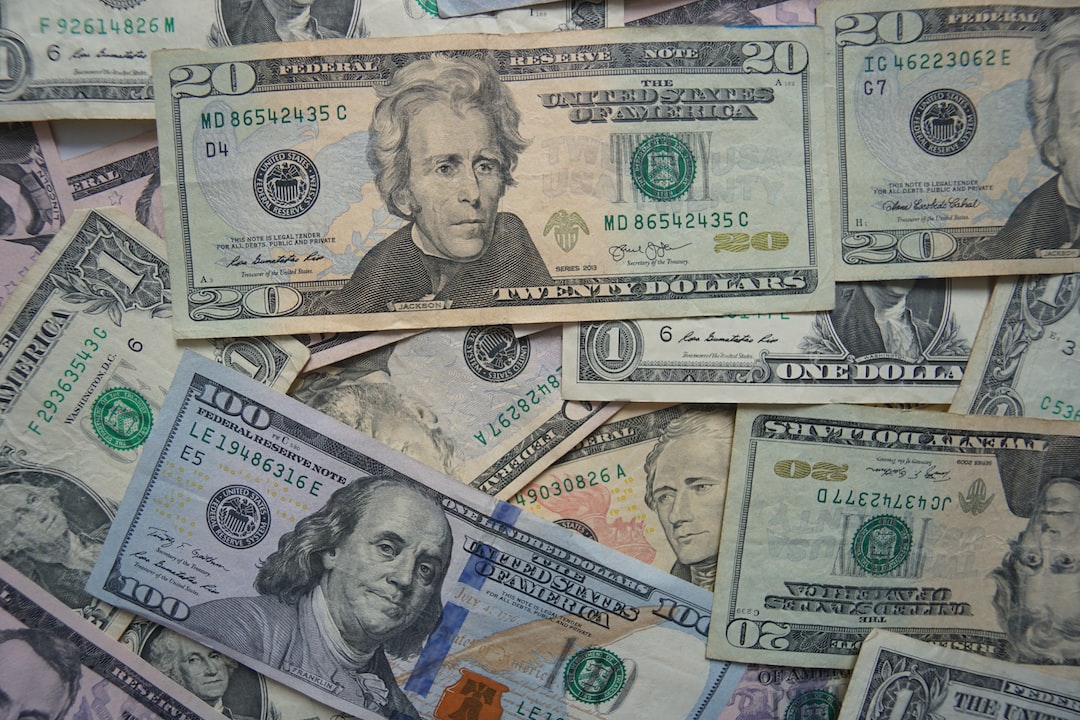As a forex trader, one of the most important skills to master is the ability to predict the movement of the next candlestick. Candlestick patterns are a popular method of technical analysis used by traders to identify potential market trends and make profitable trading decisions. In this article, we will explore different techniques for predicting the next candlestick in forex trading.
Understanding Candlestick Patterns
Candlestick patterns are graphical representations of price movements in the forex market. They are formed by the open, high, low, and close prices of a currency pair over a specific time period. Each candlestick pattern provides valuable information about the market sentiment, such as whether buyers or sellers are in control.
There are two types of candlestick patterns: bullish and bearish. Bullish candlestick patterns indicate that the market is likely to move higher, while bearish patterns suggest a potential downtrend. By understanding these patterns, traders can identify potential entry and exit points.
One of the most popular candlestick patterns is the Doji, which indicates indecision in the market. A long-legged Doji suggests a highly volatile market, while a Dragonfly Doji indicates a potential bullish reversal. On the other hand, a Gravestone Doji suggests a potential bearish trend.
Other popular candlestick patterns include the Hammer, Shooting Star, Engulfing, and Harami patterns. These patterns can provide valuable insights into market trends and can be used to make profitable trading decisions.
Using Technical Indicators
Technical indicators are mathematical calculations based on the price and volume data of a currency pair. These indicators can help traders identify potential market trends and predict the movement of the next candlestick.
One popular technical indicator is the Moving Average (MA). This indicator calculates the average price of a currency pair over a specific time period and plots it on a chart. A rising MA suggests a potential uptrend, while a falling MA indicates a potential downtrend.
Another popular technical indicator is the Relative Strength Index (RSI). This indicator measures the strength of a currency pair’s price movement and can be used to identify potential overbought or oversold conditions. A high RSI suggests that the market is overbought and a potential reversal may occur, while a low RSI indicates that the market is oversold and a potential uptrend may occur.
Using Fundamental Analysis
Fundamental analysis involves analyzing economic and political factors that can impact the forex market. This analysis can help traders predict the movement of the next candlestick and make profitable trading decisions.
One important economic factor to consider is interest rates. Higher interest rates can attract foreign investment and strengthen a currency, while lower interest rates can lead to a weaker currency. By monitoring interest rate changes, traders can predict potential market trends.
Political factors can also impact the forex market. For example, political instability can lead to a weaker currency, while political stability can strengthen a currency. By monitoring political developments, traders can predict potential market trends.
Conclusion
Predicting the movement of the next candlestick is a crucial skill for forex traders. By understanding candlestick patterns, using technical indicators, and analyzing economic and political factors, traders can make profitable trading decisions. However, it is important to remember that no prediction is 100% accurate, and traders should always use risk management strategies to protect their investments.






